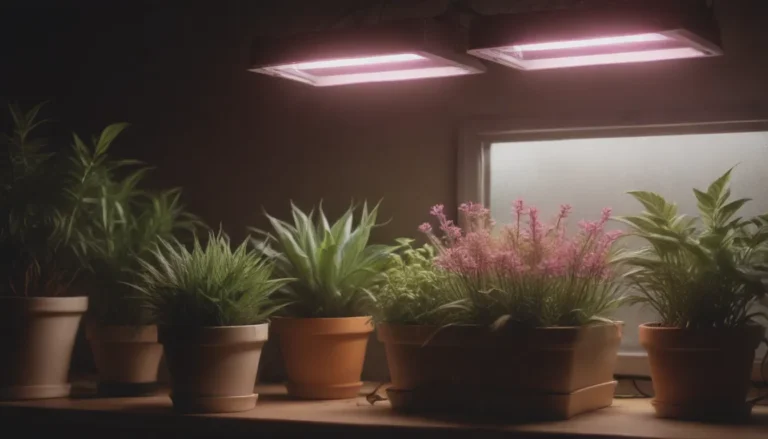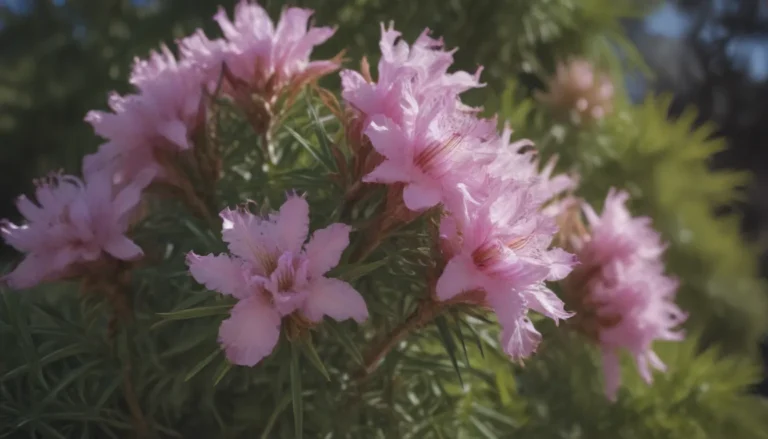Everything You Need to Know About Growing and Caring for Hawaiian Pothos

If you’re just starting your journey into the wonderful world of houseplants, you’ve probably come across the mighty pothos. These vining plants are a staple in many plant collections due to their forgiving nature and low-maintenance requirements. One of the most popular varieties is the Golden pothos, known for its beautiful yellow variegated leaves. But if you’re looking for something a little more unique, the Hawaiian pothos might pique your interest.
What Makes Hawaiian Pothos Special
The Hawaiian pothos, also known as Epipremnum aureum ‘Hawaiian,’ is a cultivar of the Golden pothos with its own unique charm. While it still boasts the glossy heart-shaped foliage that pothos are known for, the Hawaiian variety stands out with its variegation. The large leaves feature lighter, creamier yellow flecks compared to the deeper yellow of the Golden pothos. Even in high light levels, the Hawaiian pothos retains its distinct coloring.
With its vining habit, you can let the Hawaiian pothos trail elegantly on a shelf or train it to climb up a trellis. It’s a versatile plant that can adapt to various conditions, making it a favorite among plant enthusiasts.
Benefits of Hawaiian Pothos
- Air-purifying qualities: Studies have shown that pothos plants, including the Hawaiian variety, are effective at purifying the air in your home.
- Low maintenance: Hawaiian pothos is notoriously hard to kill, making it an excellent choice for beginners or anyone with a busy schedule.
- Aesthetically pleasing: The unique variegation of the Hawaiian pothos adds visual interest to any space.
Hawaiian Pothos Care Guide
Taking care of your Hawaiian pothos is relatively straightforward, thanks to its resilient nature. Here are some essential care tips to help your plant thrive:
Light Requirements
One of the key factors in maintaining the vibrant variegation of Hawaiian pothos is providing it with adequate light. While this plant can tolerate low light conditions, it will grow best in bright but indirect light. Avoid placing it in direct sunlight, as this can lead to bleached leaves.
Soil and Watering
Hawaiian pothos isn’t picky when it comes to soil, as long as it is well-draining to prevent root rot. Avoid overwatering your plant, as this is a common cause of issues. Allow the soil to dry out between waterings, and make sure to check the moisture level with your finger or a moisture meter.
Temperature and Humidity
Maintain a temperature range of 65-75 degrees Fahrenheit for your Hawaiian pothos, with a minimum temperature of 50 degrees Fahrenheit. These plants prefer higher humidity levels, so consider using a humidifier or a pebble tray to increase moisture in the air.
Fertilization
While Hawaiian pothos isn’t a heavy feeder, occasional fertilization during the growing season can promote healthy growth. Use a balanced houseplant fertilizer diluted to half strength, or opt for a natural option like fish emulsion.
Pruning and Propagation
Pruning your Hawaiian pothos is mainly for aesthetic purposes or to control its growth. It’s a fast-growing plant, so you may need to trim the vines occasionally. Additionally, propagating pothos from stem cuttings is a simple way to expand your plant collection or share with others.
Potting and Repotting
Monitor your Hawaiian pothos for signs of being pot-bound, such as roots escaping through the drainage holes or wilting foliage. When repotting, choose a pot one or two sizes larger and fill it with fresh potting soil. Avoid disturbing the roots to minimize stress on the plant.
Common Pests and Problems
While Hawaiian pothos is relatively resistant to pests, overwatering and overfeeding can lead to issues like mealybug infestations. Keep an eye out for signs of distress, such as black spots from root rot or browning leaf tips from underwatering.
Where to Find Hawaiian Pothos
Hawaiian pothos may not be as common as the Golden variety, but it’s still readily available from specialized plant suppliers. Look for reputable sources to ensure you’re getting the correct cultivar, as mislabeling is common. The distinct variegation of the Hawaiian pothos sets it apart from other pothos varieties, making it a unique addition to any plant collection.
In conclusion, growing and caring for Hawaiian pothos can be a rewarding experience for plant enthusiasts of all levels. With its striking variegation, easy-going nature, and air-purifying qualities, this plant is a fantastic addition to any indoor garden. By following the care tips outlined in this guide, you can enjoy a thriving Hawaiian pothos that will bring beauty and freshness to your home.





